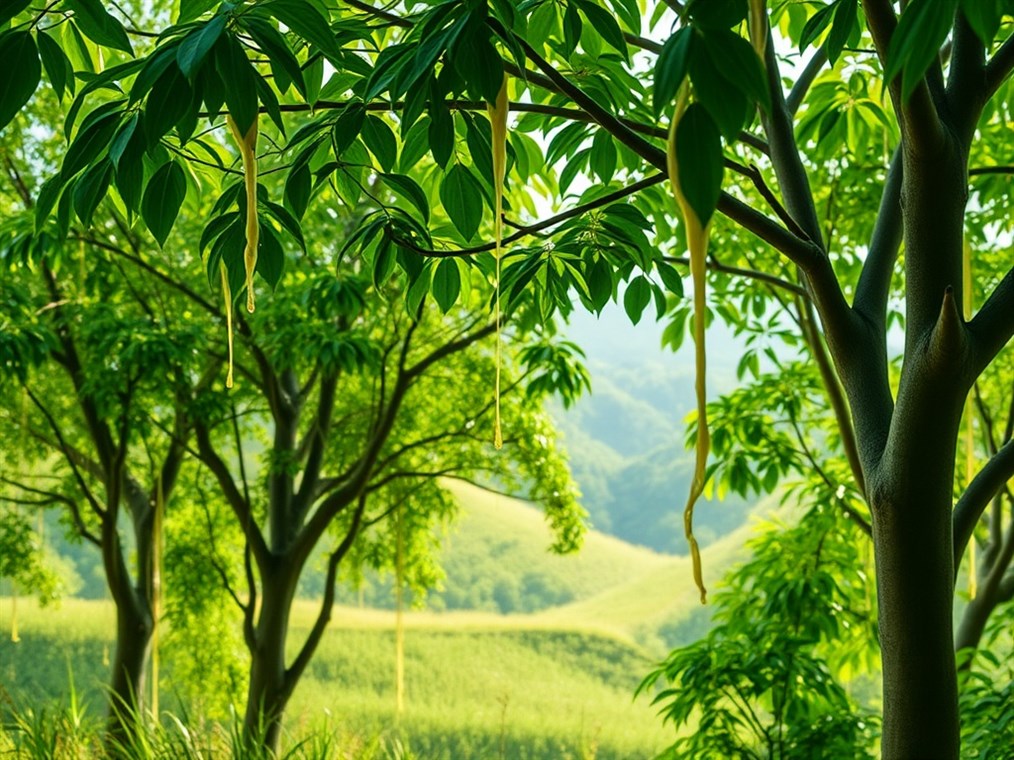Is There Such a Thing as Natural Latex? Let’s Get Real About Rubber
Latex. You hear the word everywhere, right? Mattresses, gloves… but have you ever stopped to wonder what it actually is? And is “natural latex” just some marketing buzzword? Well, good news: it’s the real deal. Natural latex is a substance straight from Mother Nature, boasting a killer combo of qualities that make it super useful in tons of stuff. But here’s the thing: “latex” can also refer to the synthetic stuff, the lab-created mimics. So, let’s dive into the world of real latex, exploring where it comes from, what it’s good for, and how it stacks up against its artificial cousins.
The Source: Tapping into Nature’s Goodness
Natural latex comes from the sap of the Hevea brasiliensis tree – you probably know it as the rubber tree. Think of it like maple syrup, but instead of delicious pancakes, you get… well, latex! This milky liquid lives just under the bark, and farmers extract it through a process called “tapping.” Basically, they make small cuts in the bark, and the latex drips into collection cups. The cool part? This doesn’t hurt the tree! They can keep tapping the same tree for up to 30 years.
These rubber trees originally hail from South America, but these days, you’ll find them growing all over the tropics, especially in Southeast Asia. Thailand, Indonesia, and Vietnam are the big players in the natural rubber game right now.
A Blast from the Past: Rubber’s Ancient Roots
People have been using natural latex for ages. We’re talking way back – like, Olmec civilization in Mesoamerica (that’s 2,500 to 400 BCE!). They used it to make bouncy balls for their games. Seriously! The Maya and Aztec civilizations got in on the action too, using latex to waterproof clothes and make containers. Fast forward to 1493, and Christopher Columbus spots folks in Haiti playing with rubber balls. That’s when Europe got its first glimpse of this amazing material.
Then, in 1770, some clever dude named Joseph Priestley figured out that rubber could erase pencil marks. Boom! The name “rubber” was born. But the real game-changer came in 1839 when Charles Goodyear invented vulcanization. This made natural latex resistant to heat and cold, paving the way for tires and pretty much everything else.
Natural vs. Synthetic: The Rubber Match
So, natural latex is straight from a tree. Synthetic latex, on the other hand, is cooked up in a lab using petroleum-based chemicals – styrene and butadiene are the usual suspects. They whipped up synthetic latex in the early 20th century because we needed way more rubber than the trees could provide.
Here’s the lowdown:
FeatureNatural LatexSynthetic LatexSourceTree sap, baby!Lab-made from petroleumSustainabilityRenewable and biodegradable – a win for the planet!Not renewable or biodegradable – a bit of a bummer.DurabilityTougher, generally speaking.Not quite as durable.Eco-friendlinessLower carbon footprint.Higher carbon footprint.AllergensCan cause allergic reactions in some people (those pesky proteins!).Less likely to cause allergies, but some people might react to the chemicals.OdorHas a mild, sometimes vanilla-like scent… or maybe just smells like rubber.Stronger, more chemical-y smell.CostMore expensive – harvesting and processing ain’t cheap!Cheaper to produce.PropertiesStretchy, strong, bouncy, and tough – the whole package!Tries to mimic natural latex, but doesn’t always nail it.

